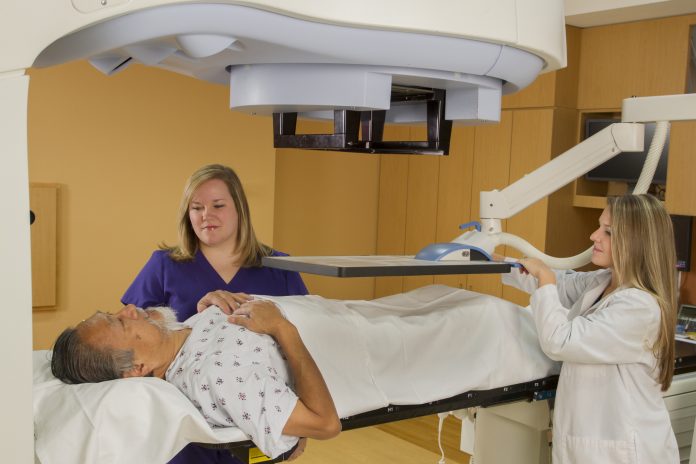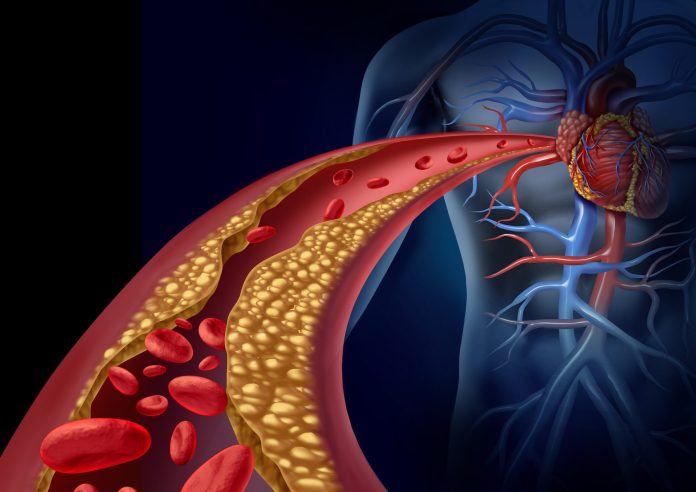
Microultrasonography (microUS) is as accurate as MRI in diagnosing prostate cancer, according to results just out from an international clinical trial—OPTIMUM. This is the first trial that compared these two modalities for this use.
MicroUS is also cheaper and easier to use than MRI. As a result, it could significantly speed up diagnosis, reduce the need for multiple hospital visits, and free up MRI for other uses, the researchers say.
The results of the OPTIMUM trial were published in JAMA. The lead author is Adam Kinnaird, MD, PhD, of the Division of Urology, Departments of Surgery and Oncology, University of Alberta.
About 1 in 8 men is expected to develop prostate cancer, and around a million prostate cancer biopsies are carried out each year in Europe and the United States, and around 100,000 in Canada. These require multiple hospital visits and specialist involvement.
“MRI isn’t perfect. It’s expensive. It can be challenging to get access to it quickly. It requires a lot of experience to interpret properly. And it uses gadolinium which has some toxicity. Not all patients have an MRI, if they have replacement hips or pacemakers for example,” said Laurence Klotz, MD, FRCSC, lead investigator on the trial and professor of surgery at the University of Toronto’s Temerty Faculty of Medicine and the Sunnybrook Chair of Prostate Cancer Research.
“But we now know that microUS can give as good a diagnostic accuracy as MRI and that is also game-changing. It means you can offer a one-stop shop, where patients are scanned, then biopsied immediately if required. There’s no toxicity. There are no exclusions. It’s much cheaper and more accessible. And it frees up MRIs for hips and knees and all the other things they’re needed for,” he added.
The results of this trial could have the same impact as the introduction of MRI, said Klotz. “When MRI first emerged and you could image prostate cancer accurately for the first time to do targeted biopsies, that was a game-changer,” he recalled.
OPTIMUM is the first randomized trial to compare microUS-guided biopsy with MRI-guided biopsy for prostate cancer. The trial involved 677 men who had biopsies at one of almost 20 hospitals across Canada, the United States, and Europe. Half of these men underwent MRI-guided biopsy, a third received microUS-guided biopsy followed by MRI-guided biopsy, and the remainder received microUS-guided biopsy alone.
MicroUS picked out prostate cancer as well as MRI-guided biopsy, with very similar rates of detection across all three arms of the trial. There was little difference even in the group who received both types of biopsies, with the microUS detecting the majority of significant cancers.
MicroUS has higher frequency than conventional ultrasound and three times greater resolution. It can capture similar detail to MRI scans for targeted biopsies.
Jochen Walz, professor at the Institut Paoli-Calmettes Cancer Center, Marseille/France, is a leading expert in the field of urological imaging and a member of the EAU Scientific Congress Office.
He said, “It [microUS] does require training to spot the patterns and interpret microultrasound images correctly. But once that’s been mastered, then it could enable prostate cancer diagnosis and biopsy to happen at the same appointment. It could also make targeted biopsies more available in less developed healthcare systems where MRI is a very precious resource.”








![Best Weight Loss Supplements [2022-23] New Reports!](https://technologytangle.com/wp-content/uploads/2022/12/p1-1170962-1670840878.png)




